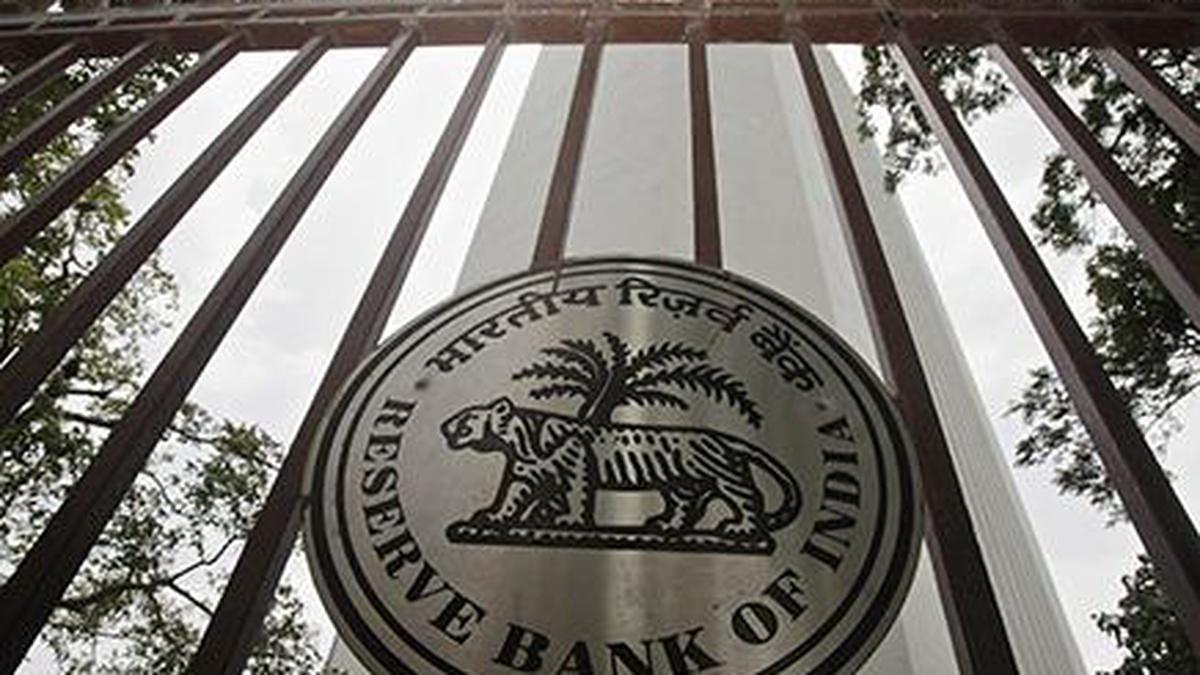RBI Master Direction on IT Governance, Risk, Controls and Assurance Practices: Comprehensive Compliance Guide for Financial Institutions
Introduction
In August 2023, the Reserve Bank of India issued the Master Direction on Information Technology Governance, Risk, Controls and Assurance Practices, establishing a comprehensive framework for regulated entities to govern their technology operations. This landmark regulation sets forth structured requirements for IT governance, risk management, control implementation, and assurance practices essential for maintaining the integrity and resilience of technology systems in financial institutions.
What is the IT Governance Master Direction?
The Master Direction on IT Governance, Risk, Controls and Assurance Practices outlines mandatory requirements for board-level oversight, technology risk management, IT controls implementation, and assurance mechanisms. It provides detailed guidelines on governance structures, risk assessment methodologies, control frameworks, and audit approaches specific to technology operations in financial institutions.
Why is IT Governance Regulation Required?
- Ensures alignment of IT with business objectives and regulatory expectations
- Establishes clear accountability for technology decisions and operations
- Promotes standardized risk management for technology systems
- Ensures adequate controls to protect financial and customer data
- Provides assurance mechanisms to verify control effectiveness
Key Requirements Under the IT Governance Master Direction
IT Governance Structure
- Board and senior management responsibilities
- IT Strategy Committee composition and charter
- Chief Information Officer role requirements
- IT policies approval and review process
- Strategic alignment of IT investments
IT Risk Management Framework
- Technology risk assessment methodology
- Risk appetite and tolerance definition
- Risk treatment and mitigation strategies
- Risk monitoring and reporting mechanisms
- Emerging technology risk evaluation
IT Control Framework
- Control objectives and design principles
- Control implementation guidelines
- Control testing methodology
- Control documentation standards
- Control deficiency remediation process
IT Assurance Practices
- Internal IT audit requirements
- Independent assurance mechanisms
- Control self-assessment processes
- Control maturity assessment
- Continuous monitoring approaches
IT Policy Framework
- Mandatory policy components
- Policy hierarchy and structure
- Policy review frequency requirements
- Policy implementation verification
- Exception management process
Specific Control Areas
Data and Infrastructure Management
- Data governance requirements
- Data classification and handling
- Infrastructure security controls
- Configuration management standards
- Change management procedures
Application and Software Development
- Secure development lifecycle
- Application security testing
- Release management requirements
- Quality assurance standards
- User acceptance testing protocols
Identity and Access Management
- Access control principles
- Authentication requirements
- Privileged access management
- User access review frequency
- Segregation of duties implementation
IT Operations Management
- Capacity planning requirements
- Performance monitoring standards
- Problem management procedures
- Patch management requirements
- Technology refresh guidelines
Incident and Problem Management
- Incident response procedures
- Problem management methodology
- Root cause analysis requirements
- Incident classification framework
- Escalation procedures and timelines
Applicability Across Financial Institutions
Implementation Tiers
- Differential implementation requirements based on entity size and complexity
- Tier-based compliance timeline requirements
- Core vs. advanced control implementation
- Proportionate governance structures
- Scalable assurance mechanisms
Proportionate Application
- Systemically important institutions requirements
- Medium-sized entities implementation
- Smaller entity simplified framework
- Digital-only entity considerations
- Non-banking financial company application
Compliance Timeline and Reporting
- Phased implementation requirements
- Gap assessment and remediation timelines
- Board approval milestones
- Regulatory reporting requirements
- Compliance certification process
Penalties for Non-Compliance
- Monetary penalties for significant violations
- Enhanced supervisory engagement
- Mandatory third-party assessments
- Business restrictions for critical deficiencies
- Individual accountability for senior management
Industry Best Practices
- Integrated technology governance frameworks
- Risk-based control implementation
- Automated compliance monitoring
- Continuous control validation
- Advanced assurance techniques
Conclusion
The RBI’s Master Direction on IT Governance, Risk, Controls and Assurance Practices establishes a comprehensive framework that balances standardization with proportionality in technology governance. Financial institutions that implement robust governance structures, risk management processes, and control frameworks aligned with these requirements will be better positioned to leverage technology securely while maintaining regulatory compliance and stakeholder trust.














